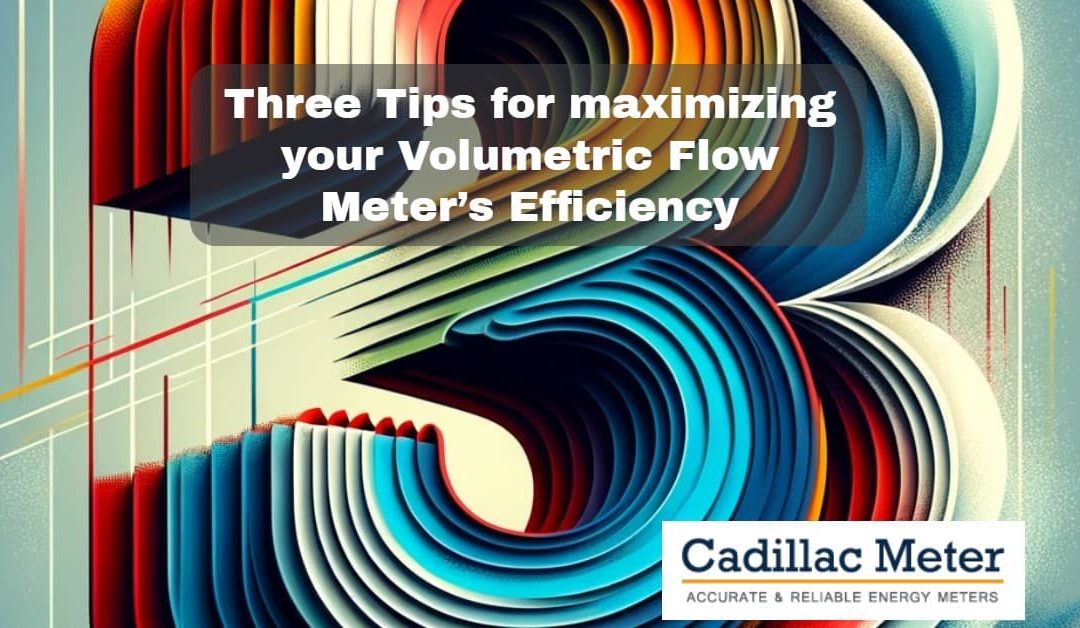As far as volumetric flow measurement goes, magnetic flow meters have become the flow technology of choice for most facilities and plants looking to incur significant savings on energy, maintenance, and processing costs. Magnetic flow meters are perfect for measuring all conductive water based media in facilities looking to improve production efficiency and allocation. However, when it comes to magnetic flow meters for flow measurement, there are three things to keep in mind to achieve optimal meter performance:
1. Upstream/Downstream Lengths- Make sure you have the correct upstream and downstream diameter straight run.
When selecting a site to install a magnetic flow meter, locate a space that has ample upstream and downstream (uninterrupted) runs so that you ensure a fully developed flow profile inside the pipe. Unlike vortex flow meters, magnetic flow meters will work with flow conditioning plates. Magnetic meters must have minimal straight run of pipe to function properly. Turbulent conditions caused by interruptions in the run (90-degree bends, T sections, valves, etc.…) add variables to the application that can impact the effectiveness of the meter. Countless times, when end users believe their meter is not working, it is probably because the meter was not installed properly.
Additional Tip: Typically, you will need a straight run of at least 10 diameters upstream and 5 diameters downstream for most magnetic flow meters, but some manufactures have taken steps to improve the operating design of the flow tube and electronics to significantly reduce this requirement to 1 pipe diameter or less up and downstream.
2. Inline over insertion
We know an insertion meter is an attractive option. The ability to install a magnetic meter (hot-tap) without shutting down the process has its place. However, think about installing an inline meter when the site is down or even designing a system from the start with inline meters in mind.
Why?
Inline meters use all of the application flow in measuring the induced voltage of the flow in the piping whereas an insertion meter takes a sample of the application flow and extrapolates against a (presumed) flow profile. This makes Inline meters moderately more accurate as they can capture small variables in the application flow and also use the entire flow profile instead of extrapolating.
3. Avoid low flows/noise signals
Understand the limitations of the flow measurement. Locations with low flows dropping below < 1 ft/s will create logarithmic decay in accuracy of most magnetic flow meters. While this is of concern, magnetic flow meters have significantly better low flow capability in comparison to all other volumetric flow meters. Some manufactures have improved flow tube and electronics designs to allow low flow measurement well below 1.0 ft/s while still able to maintain very high flow accuracies.
Magnetic flow meters rely on technologies that can be impacted by vibration and constant Hz electronic noise. Industrial flow meters have systems in place to combat these disturbances, but if they can be avoided you will ensure the meter is working with the strongest, cleanest flow signal possible.
The same principles apply to electrical noise produced by machinery that may be connected to the line (such as a boiler or heater). The further away you can get from other equipment that may be generating electrical noise, the stronger and cleaner your flow signal will be to give you better accuracy.



